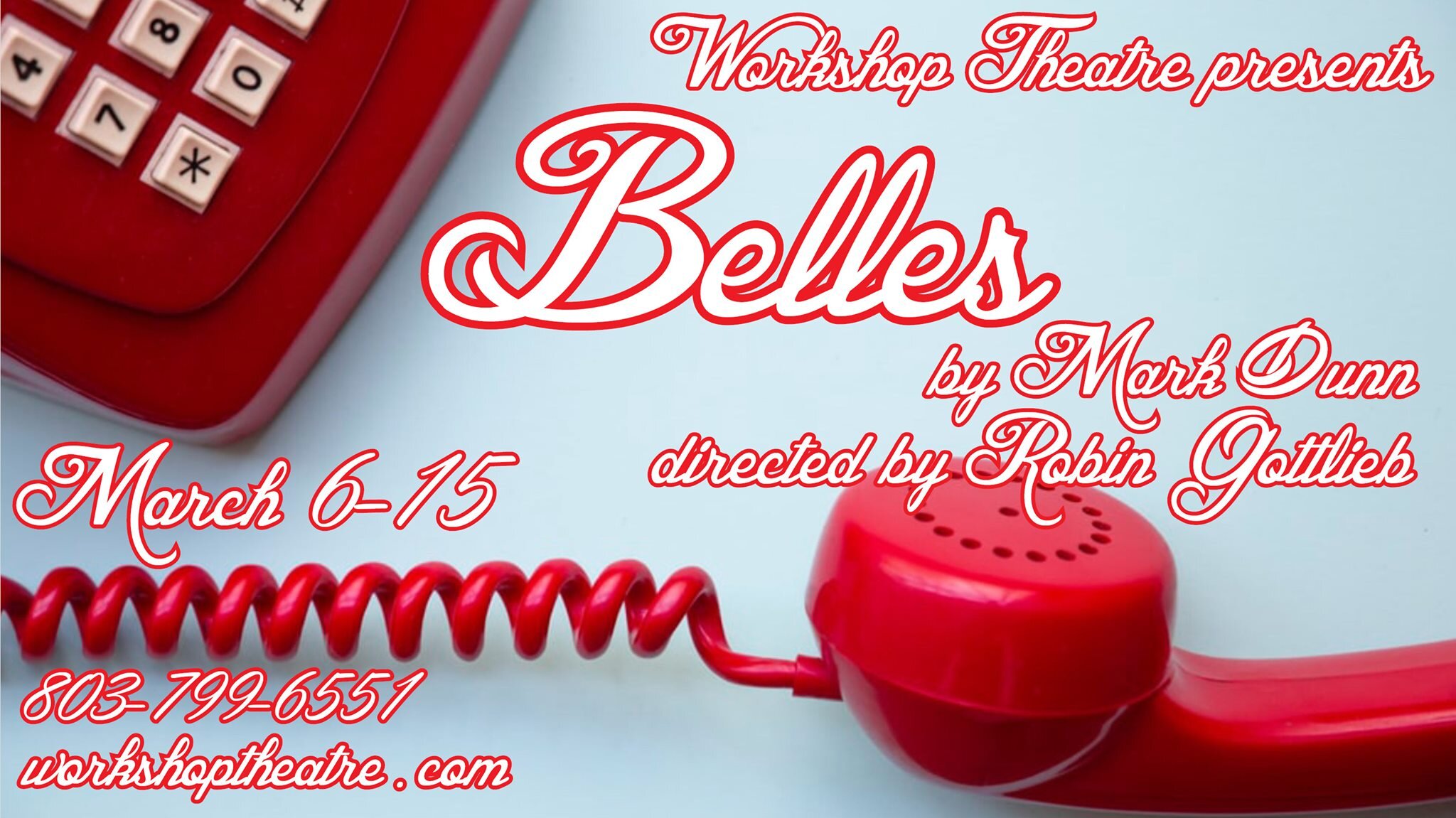“In wartime, truth is so precious that she should always be attended by a bodyguard of lies.”
— Winston Churchill
I worked so hard to finish reading Kate Atkinson’s Transcription (2018) that I am damn well going to at least give it a quick and dirty review.
I chose this book from a magazine stand in some airport last summer because I had previously read Atkinson’s book, Life After Life (2013), and loved it. There was quite a bit of magical realism to Life After Life (a baby is born the same year she dies and continues to live and die time after time as the century progresses) which I love. I should have picked up A God in Ruins (2015) which I now understand actually continues the story of the Life After Life characters, but I did not. To cut to the chase, Transcription is nothing like Life After Life.
I didn’t want to finish this novel, but I have such a history of starting books and not finishing them. Remember Donna Tartt’s The Goldfinch (2013)? Having loved—no, adored—Tartt’s The Secret History (1992), which is a brilliant book, I couldn’t wait to read The Goldfinch, knowing it was about a painting and a mystery and hidden lives. I was so devoted to Tartt’s writing that I bought it in hardback and tried to devour it before we left for an extended trip. It was just too heavy to take on airplanes and trains and cart all over Europe. But I failed to finish it, took off for a month, came home and continued to read the paperbacks I’d picked up along the way, watching The Goldfinch gather dust on my nightstand and then, the kiss of death, get buried beneath other books.
My memory being unreliable, at best, too much time passed, and I realized I’d have to re-read the whole book (784 pages) to reacquaint myself with the story. After a while I heard there would be a film made about this 2014 Pulitzer Prize winning book, so I took solace in this news, looked forward to seeing the film, and passively abandoned the book.
Of course, the film bombed. We’re talking something like 23% Metacritic on Rotten Tomatoes, and I haven’t been able to make myself watch such a botched adaptation of a beloved author’s work. (Same for Ron Rash’s Serena, but luckily, I ate that book up like a chocolate croissant and hated to reach the final page.)
Having learned my lesson, I vowed to try my damnedest not to abandon a book again, which is why I worked so hard to finish Kate Atkinson’s Transcription.
Am I glad I did? In terms of making myself follow through, yes. Did I like the book? Sadly, no. Which is unfortunate given the subject matter.
In 1940 a young woman named Juliet is oddly recruited into MI5. There is nothing about this woman that makes her a good candidate to be the kind of spy we think of when we think of James Bond and other famous fictional spies. So why was she selected? Because the espionage she was to carry out looked nothing like anything Bond would ever do. It was boring. She was essentially a transcriptionist who listened in on a group of British fascist sympathizers and typed up what they said. After she had proven herself a fit transcriptionist, she was enlisted to do various other MI5 tasks, including going undercover with her own secret identity, but never anything truly surprising or exciting. The story continues that once you’re in MI5, you’re always in MI5, and there you go. The end.
I really wanted to like this book and I hate to give it a lukewarm review. Despite the tedium the book brought me I will argue that it gives the reader insight into the life of a lower level counter-intelligence agent during WWII who happens to be a woman. Metaphorically, I can see the alignment of Juliet’s conscription into this world of lies with the fully packaged roles many women took and take in the course of traditional womanhood. But even when she has a Mauser in her purse, she’s still the person in the room who makes the tea.
~~~
In case I threw out too many titles in this less than quick but decidedly dirty review, here is a synopsis:
Read Transcription if you are a fan of low-key, wartime, London spy novels and the many roles women play, emphasis on the word “play.” She gives us two pages of sources so no doubt the book is well-researched.
Read Life After Life if you like British authors, also lots of WWII historical fiction but, this time, with humour, magical realism, and some pretty big thrills.
Read The Secret History if you like to read because it will be one of the best books you’ve ever read in your life.
Read A God in Ruins, and please tell me about it.
And read The Goldfinch but, for the love of god, please just finish it
What Are YOU Reading?
Jasper Wants to Know!
Send your most recent book review to JasperProjectColumbia@gmail.com with “JASPER READS” in the subject line and the title and author of your book in the body along with your own quick and dirty review.
You can review your book anonymously or you can share your name and possibly inspire an online book discussion. The point is to share thoughts and viewpoints, turn other folks onto what you’ve been reading, and maybe take away a tip for the next book you want to read yourself.
Remember: We’re not looking for academic or professional reviews or anything fancy at all, although academics and professionals are invited to submit, as are butchers, bakers, and candlestick makers and everyone in between. If you’re worried about your writing our editors will try our best to tidy up any little messes and sprinkle fairy dust on anything that needs a little love
Need some help putting your review together? Fill in the blanks for any or all of the following statements:
I recommend this book for people who like ___________.
(Examples: adventure, romance, intrigue, travel, horror, LGBTQ+ lit, feminist lit, non-fiction, sports, essays, poetry, biographies, drama, history, historical fiction, fiction, period pieces, foreign stories, mystery, comedy, YA, prize-winning, your descriptor here.)
If you liked ___________, you'll like this book.
This book is about a ____ who _____ and ____ ensued.
This story takes place (where) ____________ and (when) _________.
The thing I liked best about this book was ____________.
I liked/disliked this book because ________________.
The main character(s) is/are _________________________. (Need help? Were they charming, annoying, sexy, smart, adventurous, clever, crazy, looking for trouble – no need for fancy descriptors, just tell us about these people we’ll be spending pages with.)
While I liked/disliked the book my mom/partner/bff would hate/love it because ___________.
Or just use your own words — as few or as many as you want.
The point is to share what you recently read with the rest of the pandemic pack of folks who suddenly have time to read but may not know what to read next.
Submit your Jasper Reads review to
JasperProjectColumbia@gmail.com
and we’ll share your words with the world!
Thanks!







































































